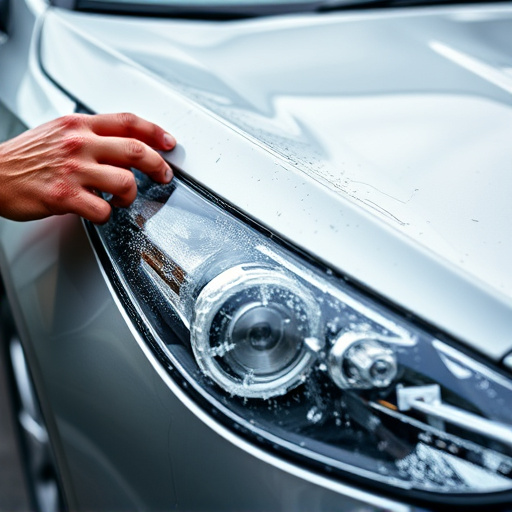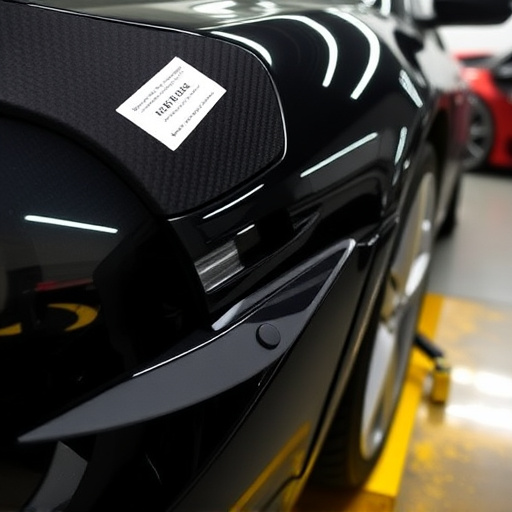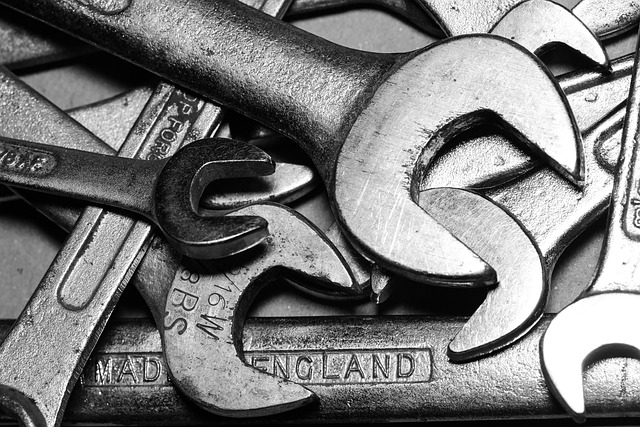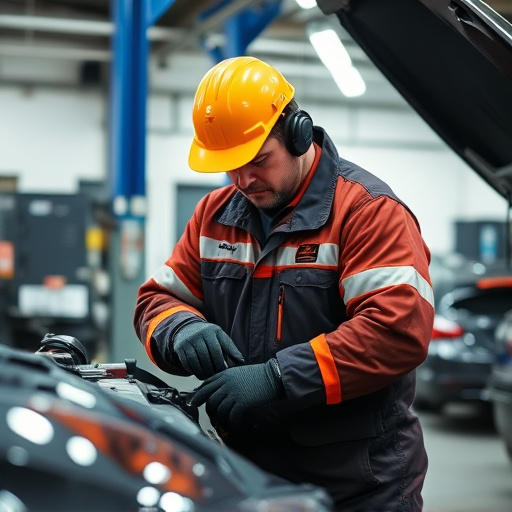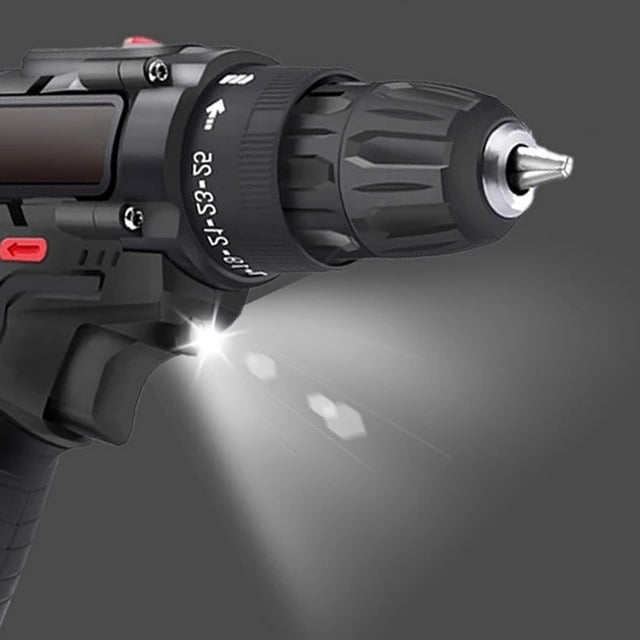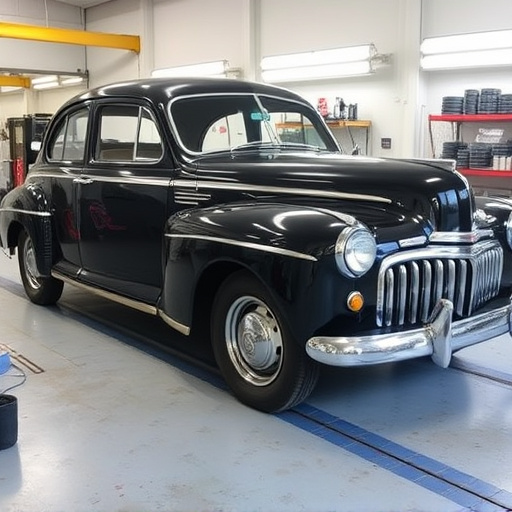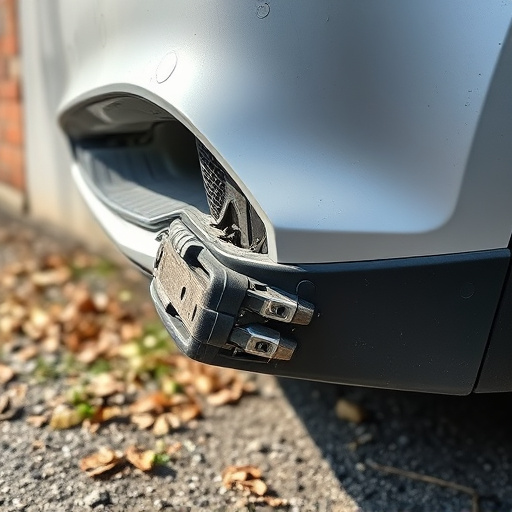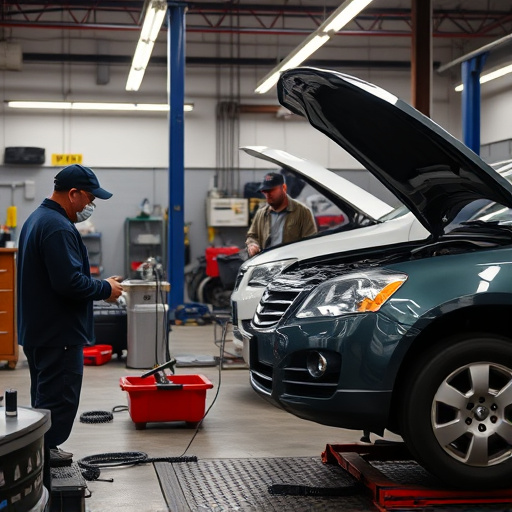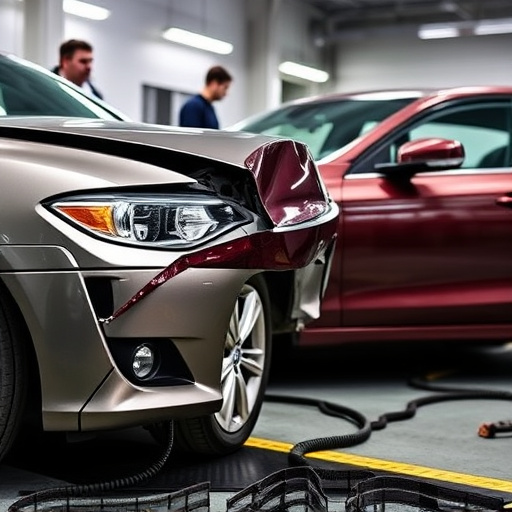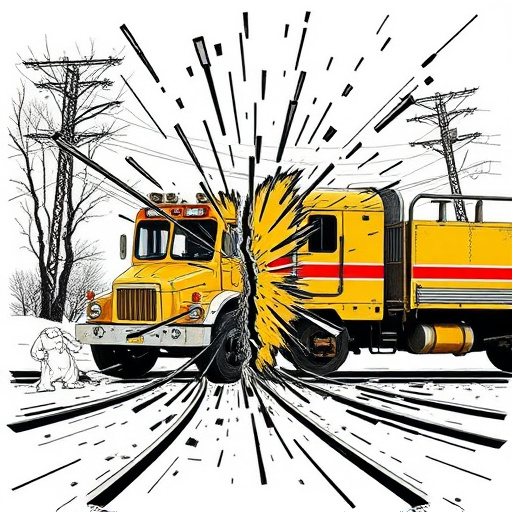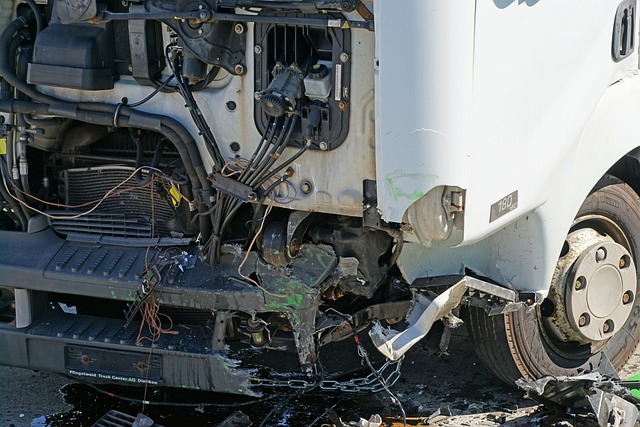Tesla collision repairs are significantly more costly than conventional vehicles due to specialized training, advanced materials, and unique construction methods requiring genuine Tesla parts. Limited authorized service centers drive up labor expenses and allow for higher prices without competition. The complex nature of Tesla's electrical systems, autonomous driving technology, and software integration further contribute to elevated repair costs.
Tesla collision repairs are notoriously expensive due to several unique factors. From specialized materials and cutting-edge technology, to highly trained and certified technicians, and a scarcity of authorized service centers, these elements drive up costs significantly. Understanding these intricacies is key to grasping why Tesla collision repair bills can be substantial. This article breaks down each component, offering insights into what makes Tesla repairs stand out in the automotive industry, especially when compared to conventional vehicles.
- Unique Material and Technology Requirements
- Specialized Training and Certification Needed
- Limited Service Centers Drive Up Costs
Unique Material and Technology Requirements
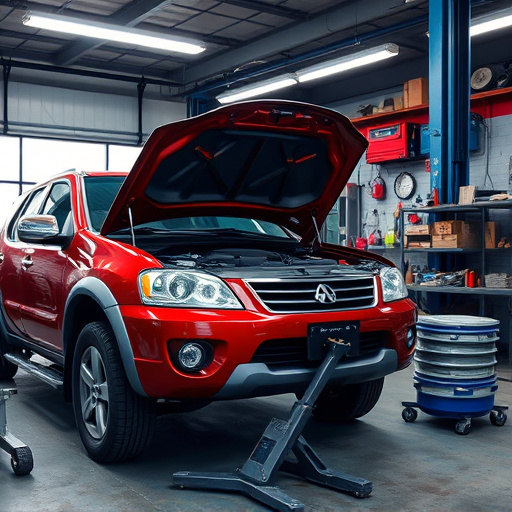
Tesla vehicles are renowned for their cutting-edge technology and innovative design, which unfortunately translates to unique material and technology requirements when it comes to collision repairs. Unlike conventional cars, Tesla models often feature advanced components such as electric motors, sophisticated computer systems, and lightweight yet durable materials like aluminium and carbon fibre. These specialized parts demand specific handling and replacement methods, adding a layer of complexity that contributes to higher repair costs.
The process of repairing or replacing these unique elements requires highly skilled technicians trained in the latest Tesla repair techniques and technologies, including advanced dent removal and precise vehicle body repair methods. Moreover, obtaining genuine Tesla parts ensures the integrity and safety of the vehicle post-repair, further inflating the overall collision repair cost compared to using aftermarket parts for standard vehicles.
Specialized Training and Certification Needed
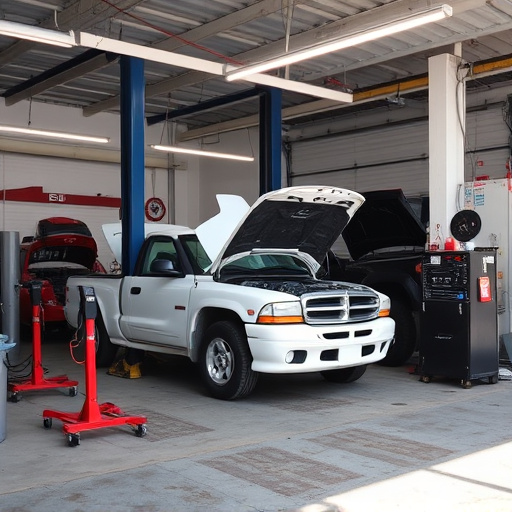
Tesla collision repairs stand out for their elevated cost due to a significant requirement—specialized training and certification. Technicians working on Tesla vehicles must possess in-depth knowledge of the brand’s unique construction, advanced materials, and sophisticated electrical systems. This specialized skill set doesn’t come easy; it involves extensive training and rigorous certifications.
Compared to conventional car dent repairs or fender repairs, Tesla collision repair requires a deeper understanding of autonomous driving technology, battery packs, and software integration. As a result, shops that offer these services often invest heavily in equipment, training programs, and maintaining up-to-date knowledge on the latest Tesla models and technologies, all of which contribute to the overall higher cost of repairs.
Limited Service Centers Drive Up Costs
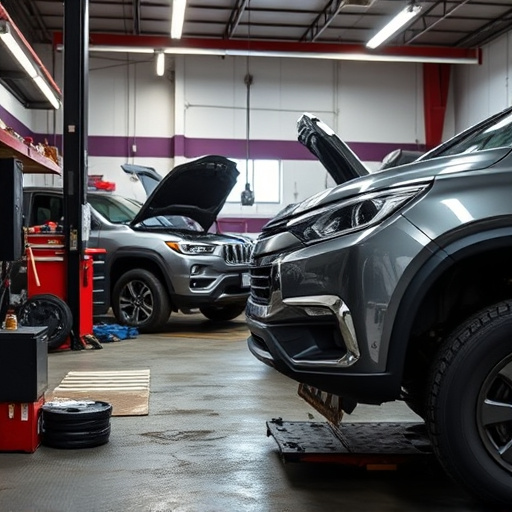
One significant factor contributing to the elevated Tesla collision repair cost is the limited number of authorized service centers. With a relatively small network of certified shops, demand often exceeds supply, leading to longer waiting times and increased overhead expenses for these centers. This scarcity drives up labor costs as technicians are in high demand, and workshops must cover extensive training and specialized equipment to handle Tesla’s intricate automotive body work.
Moreover, the specialized nature of Tesla vehicles means that car dent repair or automotive body work on these models requires advanced tools and techniques not commonly found in conventional garages. This exclusivity further limits competition, allowing service centers to set higher prices for repairs, including car damage repair services, without significant market pressure.
Tesla collision repairs carry a premium due to the brand’s commitment to advanced technology, specialized training requirements for technicians, and a limited network of authorized service centers. These factors ensure that only qualified experts work on Tesla vehicles, maintaining the car’s performance and aesthetics. While the costs may be higher than traditional repair shops, owners benefit from the use of genuine parts and cutting-edge repair methods designed specifically for their electric vehicles.
